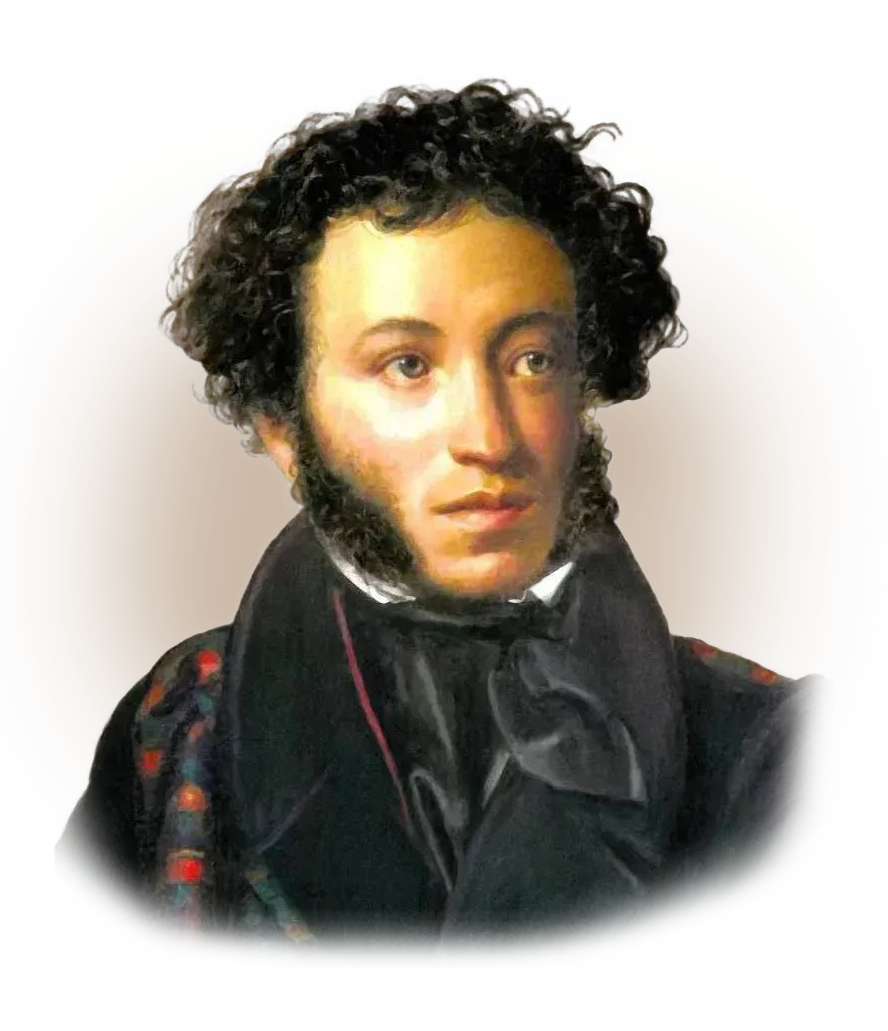
27.12.2023
Alexander Sergeevich Pushkin is undoubtedly one of the greatest geniuses of romanticism in world literature. His work had a huge impact on the development of not only Russian, but also world literature. The evolution of the literary style in his works is an amazing journey from the first poems and novels to the completed novel “Eugene Onegin” and deep philosophical works of the last years of his life.
The evolution of literary style in Pushkin’s work.
- Early works: Romanticism and experiments.
Pushkin began his literary career with poetic experiments, for example, in the poem “Ruslan and Lyudmila” and the story “The Captain’s Daughter”. He actively used elements of romanticism, embodying romantic aspirations, rebellious personalities and magic in his works.
- “Eugene Onegin”: maturity of style.
“Eugene Onegin” is a work that has become the pinnacle of Russian romantic prose. In it, the author abandoned the romantic “space” in favor of the real, living world, creating an atmosphere of everyday life. The style became more elegant, and the characters’ speech became natural and close to the spoken language.
- Philosophical works and poems.
At the end of his life, Pushkin turned to creating works of a philosophical nature, in which he touched on the issues of being, freedom and the meaning of life. Such works as “The Bronze Horseman”, “The Queen of Spades”, “The Prophet” represent a new stage in the evolution of his style.
Thus, Pushkin’s work is not only a mirror of his era, but also a reflection of the evolution of literary style from early experiments and romantic works to mature and philosophical works. Pushkin’s style combines deep philosophical overtones, mastery of words and vivid images, which makes his work eternal and relevant to readers of all times.
You may also like:
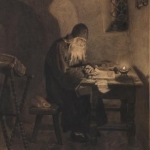
17.10.2023
Pushkin's Censored Works: Defying Suppression in Imperial Russia
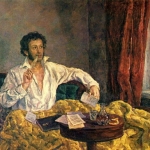
17.10.2023
Pushkin's Literary Palette: Exploring the Genres Mastered by the Russian Bard
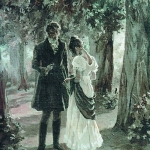
17.10.2023
Unforgettable Characters in Pushkin's Literary Legacy: Icons of Russian Literature
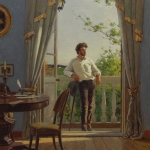
17.10.2023
Pushkin's Stylistic Brilliance and His Enduring Impact on Russian Poetry
